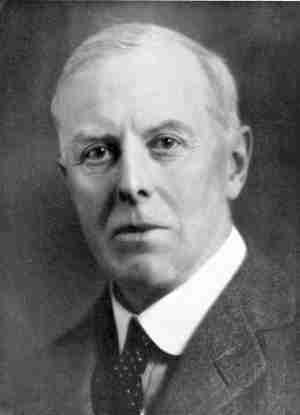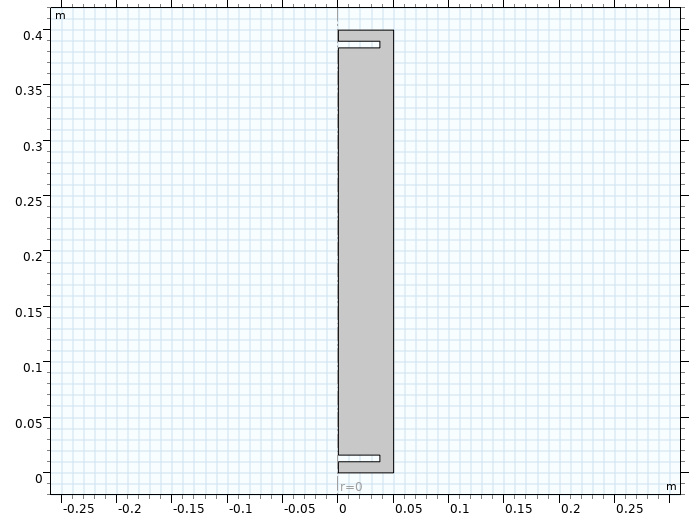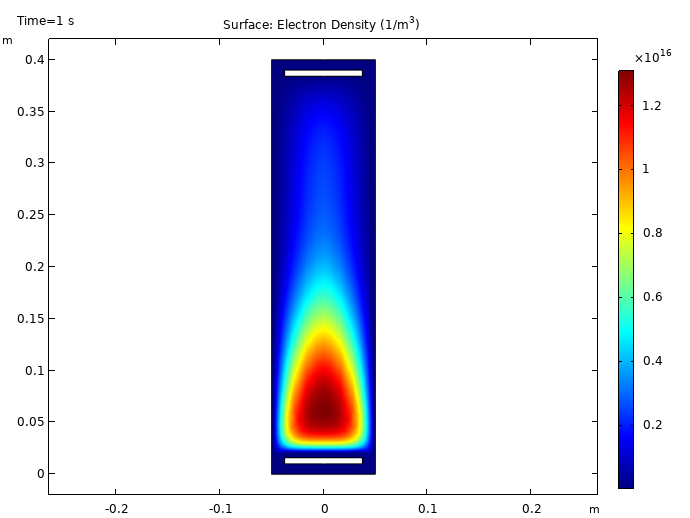
What does a fluorescent light bulb have in common with a radiation-detecting Geiger counter? The function of both devices is based on Townsend discharge. This phenomenon, in which the presence of a free electron in a gas-filled space can trigger an “avalanche” of electrons flowing across the space via ionization, is named after Sir John Sealy Townsend. This important physicist discovered the electron avalanche process as part of a lifelong career dedicated to the study of electrical activity in gases. Our ability to induce and control this type of activity is essential to many valuable technologies, from those mentioned above to plasma televisions and the electrodeposition of metals in semiconductor manufacturing.
Researcher and Theorist of Electron Flow in Gases
John Sealy Townsend was born on June 7, 1868, in Galway, Ireland. He entered Trinity College in Cambridge, England, in 1895. His experimental research under physicist J.J. Thomson at Trinity’s Cavendish Laboratory would soon prove fruitful. By 1897, he had discovered both the electron avalanche phenomenon as well as a method for measuring the elementary electrical charge (e). In 1900, he became the first Wykeham Professor of Experimental Physics at Oxford University.

John Sealy Townsend. Image in the public domain via Wikimedia Commons.
Over the course of his career at Oxford, Townsend discovered:
- How ions colliding with gas molecules leads to their ionization
- Townsend coefficients, which involve the number of ions produced by a single electron moving through a gas over a given distance
- The mean free path of electrons in gases depends on their energy, parallel to work done by Carl Ramsauer, in what is now known as the Ramsauer–Townsend effect
Along with his work as an experimenter and theorist, Townsend researched wireless radio technology for the Royal Air Force during World War I and he taught at Oxford until retiring in 1941, when he was knighted. He continued living in Oxford until his death in 1957.
The Emergence of a Townsend Discharge
What causes a Townsend discharge? To help answer this question, we can simulate the sequential action of an electron avalanche with the COMSOL Multiphysics® software. Below, you can see a model of a DC glow discharge, which occurs in gas lasers and fluorescent light bulbs.
A Townsend discharge can only emerge under specific conditions. First, there must be a gas-filled space that is subject to an electric field, as shown in the model below.

A model of the conditions needed for a DC glow discharge.
Model geometry (left) and surface plot of the electron density inside the column (right).
As current directed to the anode reaches a high-enough threshold, a gas molecule in the chamber will positively ionize. This molecule will collide with the cathode, causing it to release a free electron. If the free electron emerges with sufficient force, it will collide with another gas molecule, causing further ionization as that molecule releases another free electron. The gas molecule, now a positive ion after releasing an electron, will be drawn back toward the cathode, where it will free another electron, which will migrate toward the anode. This process will then repeat, accelerating exponentially until the quantity of free electrons spans the entire distance from cathode to anode.
While this description of the progressive electron avalanche implies that it emerges over time, it essentially happens instantaneously. For example, in a typical Geiger proportional counter, it occurs in less than one microsecond. But as suggested by the word “proportional”, a Townsend discharge and its effects can be controlled through careful control of its enabling conditions.
In the case of a fluorescent bulb, these conditions include:
- The level of current needed to sustain the Townsend discharge
- The use of a gas that emits UV photons when ionized
- A phosphor coating on the inside of the bulb
The UV light (released by the ionizing gas) reacts with the phosphor, causing it to emit visible light through the glass bulb.
The Legacy of John Sealy Townsend
By working to systematize our understanding of how current can flow through gases, John Sealy Townsend helped turn a mysterious phenomenon into a controllable process with multiple applications.
Let’s wish a happy birthday to John Sealy Townsend!
Further Reading
- Learn more about the life and work of John Sealy Townsend from these publications:
- Read about other featured physicists on the COMSOL Blog:





Comments (0)